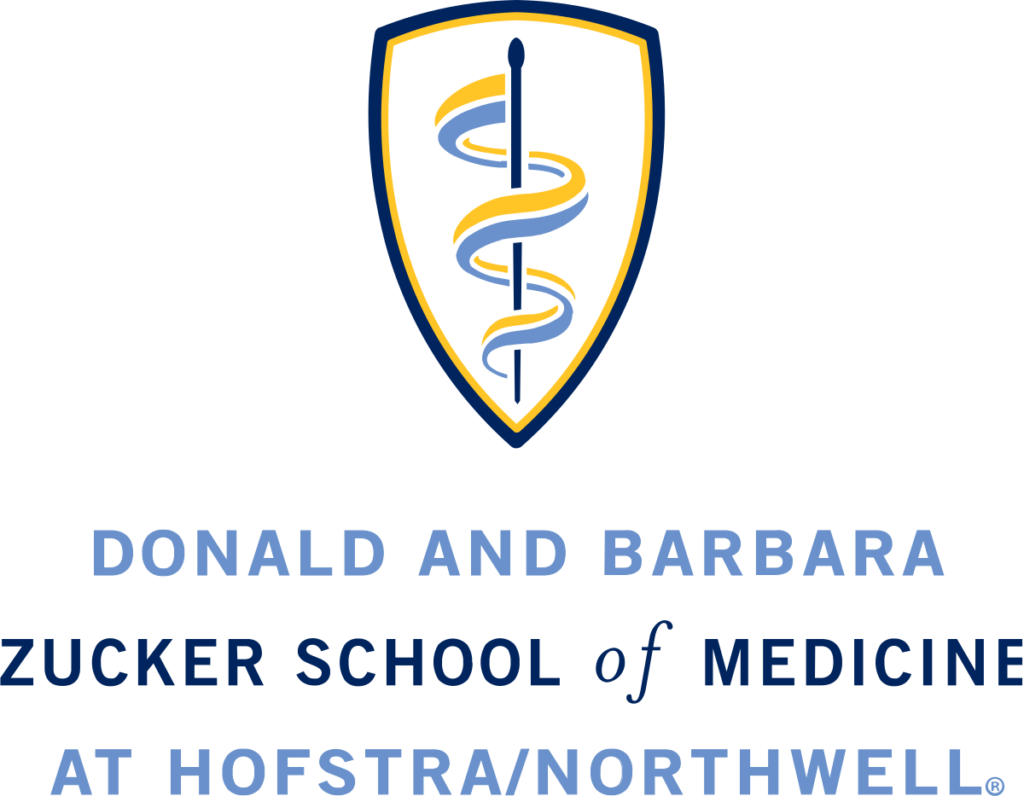[et_pb_section][et_pb_row][et_pb_column type=”3_4″][et_pb_text admin_label=”Text” background_layout=”light” text_orientation=”left” use_border_color=”off” border_color=”#ffffff” border_style=”solid”]
There’s a thing I do in my shop:
I offer to take the con bet against PE, whenever PE is searched for.
Any resident can tell me they’re betting on PE, and I take the bet, sight unseen. It’s okay to bet when it’s our own patient; it’s okay to bet when it’s me that’s ordered the confirmatory study; it’s okay to email me when I’m off shift and tell me the MR# and “auto-bet.”
This is valuable because: a) I want to know when my residents have a high pre-test, and why, b) WHAT they bet really tells me their confidence level (a coffee vs. a drink vs. a bottle), and c) it builds in follow-up on CT chest orders that might not otherwise get followed up.
I also want to ingrain upon them the preponderance of negative studies. I always take the against bet, I never ask about the patient to begin with, and I lose about a bet a year. After all, if there was a roulette wheel where 98% of it was red, and someone offered to bet against you on black? You’d take that bet every time. In our current reality, we hunt PE so widely and so often, that it’s just statistically in my favor to take that bet. We live in a time when we’ve seen the incidence of the disease increase 500%, but the mortality unchanged.* We live in a time when Jeff Kline has said that pregnancy is a negative predictor of PE. Think about that: We scan so many pregnant women for PE (and find nothing), that overall, it is LESS likely to have a PE amongst the estrogen exuberant patients.**
Why did Dr. Dent suddenly text me with this question? Well, it’s due to the PESIT trial that has caused all manner of comment from the Emergency Medicine community, with excellent overviews from Ryan Radecki and Rory Spiegel which are posted online (Ryan and Rory- The Two R’s of EM Reviews). Again, much smarter folks than I have dissected this article publicly and profusely, and Dr. Google will easily alert you to their views. But, as a not-smarter-but-yes-older person, I have my anecdata of years of practice to draw upon as well. Unless the publication of PESIT coincided with the creation of an alternate timeline Earth, in which new universe the natural history of syncope patients is markedly different, I’ll keep taking those bets. You’re talking about a patient populace which we tend to overadmit and overinvestigate, and postulating that a significant percentage of them have a clinically unsuspected, currently silent, underlying illness whose course we can alter for the better. That is quite a string of maybe’s and if/then’s to be significantly altering one’s practice for.
To give the opposing viewpoint a tiny bit of credence- the downstream harms of thromboembolic disease are unclear. Long term pulmonary HTN may have greater morbidity than I’m giving it credit for. But the PESIT trial sheds no light on this topic. So no, Dr. Dent, I’m not budging, and feel free to keep betting. Even with scanners getting more sensitive and poor Radiology inter-reader reliability on single subsegmental PEs (SSPEs), the bet ledger gives my con position a commanding lead.
Pik
*H. Gilbert Welch’s book Overdiagnosis is an excellent overview, and an easy read for both the layperson and the professional,. Here is his 2012 talk on the topic: https://www.youtube.com/watch?v=C-DnznA0m9k
**To be clear, that’s crazy. Hormone is a classic risk. BUT: most PE in pregnancy is peri-partum. Guess who we’re scanning? Not them. PE accounts for ~15% of thromboembolic disease in pregnancy, with the other 85% being DVT, mostly in the left leg, and increasing over the 2nd trimester.
[/et_pb_text][/et_pb_column][et_pb_column type=”1_4″][et_pb_team_member admin_label=”Person” saved_tabs=”all” animation=”off” background_layout=”light” use_border_color=”off” border_color=”#ffffff” border_style=”solid”]

Pik Mukherji
Program Director, Emergency Medicine, Northwell Health
Dr. Mukherji is the Residency Director at LIJ Medical Center in New Hyde Park, NY. He spends most of his time confusing residents and trying to convince doctors that they overestimate the benefits of treatment and underestimate the harms. He has a passion for education and trying not to do things wrong.
[/et_pb_team_member][/et_pb_column][/et_pb_row][/et_pb_section]

